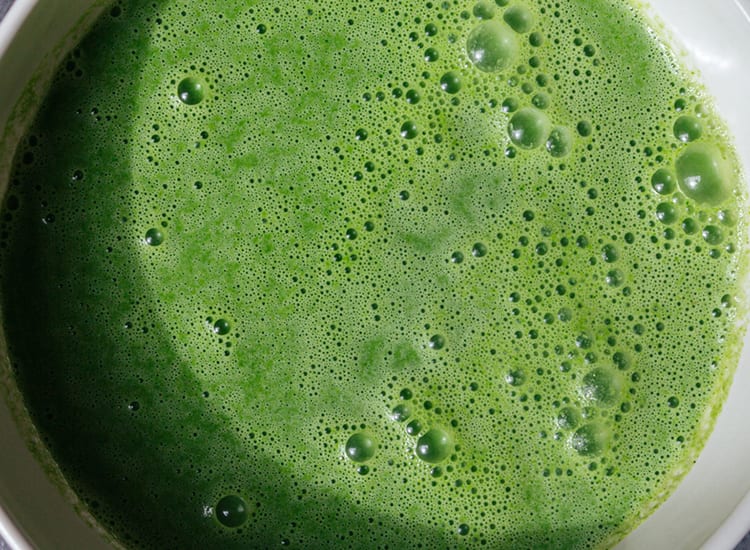Clean 21: 21 Day Detox
Our Signature 21-Day Full-Body Reset
Questions? Ask about this product
Free Shipping On Orders Over $50
Complementary products


In a perfect world we’d all have easy access to fresh fruit and vegetables. While food inequality has always been a global issue, and a pressing one at that, obtaining healthy food became a concern for many Americans seemingly overnight. The COVID-19 pandemic disrupted life as we previously knew it, making a simple trip to the grocery store a time-consuming and stressful event, if you’re healthy enough to go in person.
Whether you’re using the extra time at home to reset your mind and body on the 21-Day Program or have simply felt inspired to adopt a healthier diet for better immunity, smoothies are likely on the menu. Unfortunately, the coronavirus has put pressure on the food supply chain, making it difficult to source the fresh fruits and veggies we are used to adding to our favorite recipes. The good news is that it’s entirely possible to make tasty smoothies in general – with freezer and pantry staples.
Here are our tips for creating healthy and delicious smoothies when you’re working with limited fresh produce.
This may seem obvious, but open your pantry and freezer to see what ingredients you already have that can be used to make a smoothie. If you’re anything like us, you have at least a few bags of nuts shoved in the back of your cabinet or freezer. A cup of raw cashews can be used to make up to four cups of homemade cashew milk, which can provide a nutrient-packed base for your Daily Shake or smoothie. DIY almond milk makes a great base, too.
When you can’t source your favorite smoothie ingredients, think outside the box. Frozen carrots add a natural, subtle sweetness to smoothies, while frozen cauliflower provides thickness without affecting taste. If you can’t find avocados, a spoonful of coconut oil offers a dose of healthy fat and a hint of tropical flavor. The biggest shocker of all – canned beans. Chickpeas and cannellini beans are a great source of plant-based protein and fiber. Look for canned beans with no salt added and be sure to rinse them well before adding to your smoothie.
Even when fresh fruits and veggies are hard to come by, it’s still possible to meet your daily need for important vitamins and minerals. Clean Greens, our superfood greens powder, supports energy, cleansing, and rejuvenation with whole foods like beetroot, parsley, spinach, raspberry, and grape seed. Having a selection of adaptogens on hand means you can support your mind and body as your needs change day to day. Feeling anxious? Add a serving of ashwagandha to your smoothie to cope with stress. Need a boost to power through your work day? Moringa is known to help increase energy.
When it comes to fruit, we recommend eating fresh, organic, and local/seasonal whenever possible. Of course, in these uncertain times, don’t be afraid to use dried or canned fruit in your smoothies if that’s all you have access to. You can rehydrate dried fruit (look for dried fruit with no added sugar) by soaking it in water for a few minutes before adding it to your smoothies. When selecting canned fruit, read nutrition labels carefully. Look for fruit that is canned in water or its own juice, not syrup. If you use canned fruit, try to opt for brands with BPA-free lining.
Making healthy smoothies can be more challenging when access to fresh fruits and veggies is limited, but it’s not impossible. Some flexibility and a little bit of creativity can yield surprisingly delicious results!
Written by Kate Kasbee
If you like this article, you might also like Healthy pantry staples on a budget